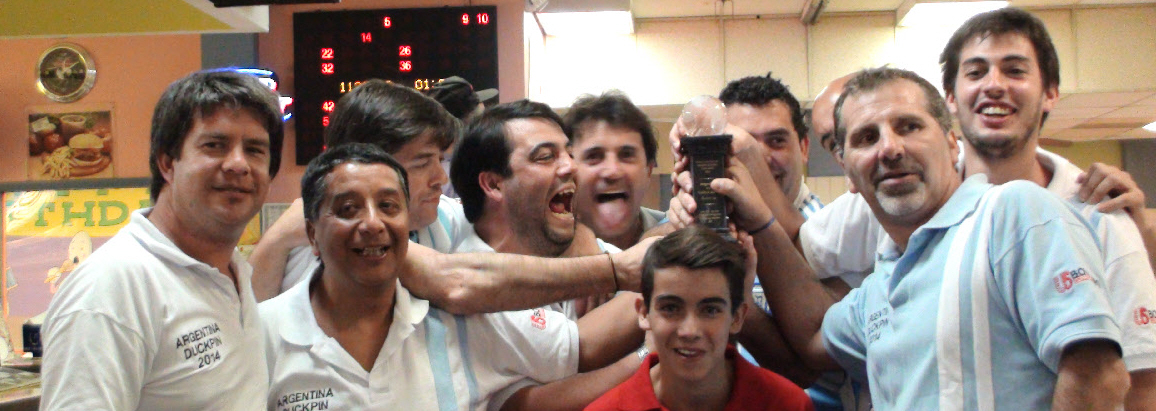The Second International Bowling Cup Championships held at the Rouge Hill bowling center in West Hill, Ontario -- a suburb of Toronto, Canada -- is now history and in the record books.
Argentina, the Phillipines, United States, and Canada (the host country) each sent two 5-member teams (5 male and 5 female) to compete in the small ball five-pin and duckpin championships.
The United States won five championships -- the ladies three, and the men two. The U.S. ladies team was led by their captain Pat Rinaldi, Chevy Chase, Maryland, the top duckpin bowler in the nation for five years in a row; Cathy Dyak, Rockville, Connecticut; Wilda Guerrette, Stratford, Connecticut; Kathy Nacci and Anita Rothman, both from Baltimore, Maryland. The U.S. men's team was captained by Clarence "Swede" Lavers, Stratford, Connecticut, along with team mates Jeff Ferrand, Salisbury, Maryland; Jeff Pyles, Laurel, Maryland; Buddy Creamer, Glen Allen, Virginia, and Peter Pierce, Attleboro, Massachusetts.
The U.S. ladies won the 5-pin team championship beating the Canadian ladies at their own game 1283-1130. The Canada ladies team turned the tables around and defeated the U.S. ladies at their game of duckpins in a close, loud-cheering hand-slapping finish, 539-534.
The Argentina men's team won the 5-pin team championship by beating the second place U.S. team 1373-1229. The Argentinians went around kissing everyone on the cheeks, hugged, and handshaked -- they had everyone rooting for 'em. The United States men's team, still smarting from the Argentina defeat in 5-pin, came back and won the duckpin team championship by stopping the Canada team in a close finish, 615-603.
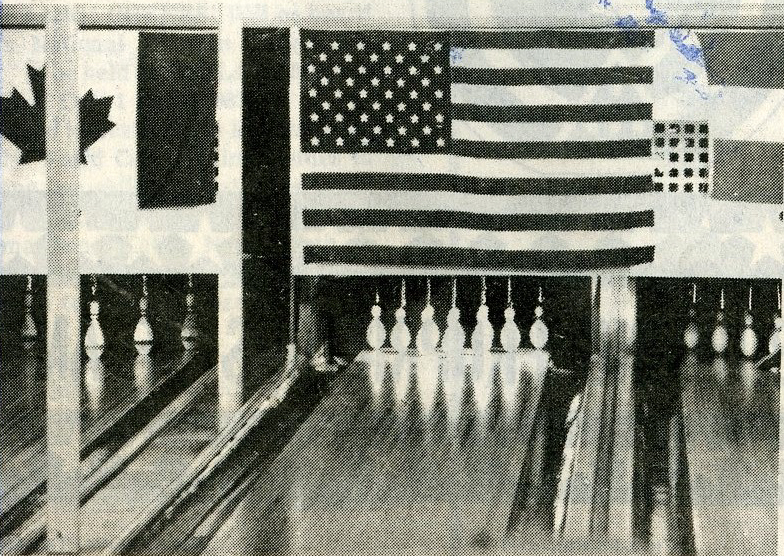
All the games were bowled on automatic string machines, which is why the low scores were recorded. The pins have a plastic like string attached to the top of each pin, reminding you of the shuffle board bowling machines used in many American taverns. There were four string duckpin machines installed in the Rouge Hill center at no cost by Professional Bowling Service, Walter Heeney, owner of the center, told us.
During the televised finals by K & G Video, Towson, Maryland, there was a lot of excitement when the center blew a main fuse. While the TV crew went scurrying around looking to fix the short, the teams remained calm, and during the blackout took flash photos of each other. Argentina took the time out to pass out little blue and white flags (their country's colors) to their competitors. Play was delayed for one and a half hours.
When competition started, the United States' Anita Rothman won the 5-pin singles title by defeating U.S. second place finisher Kathy Nacci, 243-221. The K & G television camera caught the most exciting finish in the ladies duckpin singles championship match between Pat Rinaldi and Canada's Rosemary Bear. Pat finished with a low score game of 111 and just about conceded the win when Rosemary on a strike only needed three pins to win. She bowled two and finished in a tie with Pat 111-111. Rinaldi, with another chance, had her adrenalin flowing and won the two frame roll-off 31-17.
Canada's Bill Williams won the 5-pin singles championship by defeating Jorge Guzman of Argentina, 249-220.
The men's duckpin singles event was an all-American one with all four on the stepladder. "Swede" Lavers won by defeating Buddy Creamer in a close 125-122 match. The Master bowling championships were won by Argentina's Jorge Guzman and Canada's Georgina McCabe.
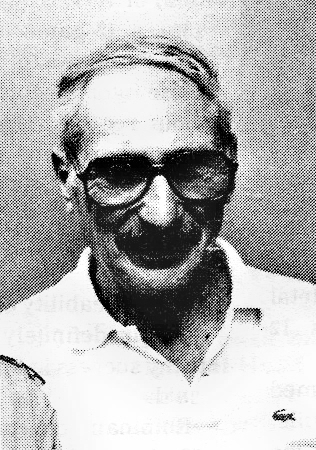
From "My International Notebook": Argentina's Bowling Association president, Guillermo Hanelo's mother, Catalina, is Russian and his father, Natalino, is Polish. Guillermo was born in Argentina. He said, "It took two and a half years to raise the funds for his team's expenses". The government had no money and they could not raise enough funds to send a youth team. They took the top 30 duckpin bowlers in the country and had a tournament to see who would qualify to represent Argentina. They bowled thirty games each and the top five were selected. It would be the first time they ever bowled 5-pins. Their number one bowler in the country, Jorge Guzman, won the Masters Event, averaging 123 and has been ranked first in 1980-1981 and 1981-1982. He is from Mendoza City, Argentina.
Argentina first started bowling Duckpins in 1930 and has clubs that have lanes installed. Over 75,000 bowlers and over 100 centers are open to the public. They also have many other sports. As part of the bowling curriculum, most centers have 2, 3, 4, or 6 lanes, the biggest club is the Hindu Country Club, and has 12 lanes.
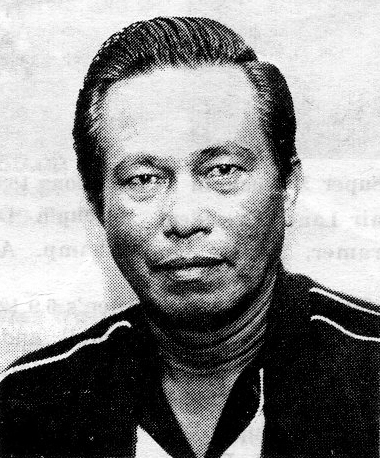
Judge Daniel R. Sindo, president of the International Bowling Association (Philippines), sent six men and six women along with five youths to Canada. They raised the expenses from their National Duckpin championships and donations. There are over 400,000 sanctioned duckpin bowlers in the Philippines and over 300 bowling centers. They also have 10,000 tenpin bowlers in the country.
The Canadians' Al Hong, secretary general of the IBC told us that they picked their bowlers to represent Canada from the Masters Bowlers Association. (MBA is similar to the Professional Duckpin Bowling Association). Walter Heeney, executive director of the IBA World games and owner of the host bowling center, and Bob Coulter, newspaper columnist, are members of the Bowling Writers Association of America. Yours truly (Steinsiek) is 3rd Vice President of the BWAA). Thomas J. Zarrella, Duckpin Bowling Proprietors of America president, appointed Joe Schweiger (Baltimore, Maryland) of the Professional Duckpin Bowlers Association to coordinate and select the U.S. Teams, which were funded from tournaments held in various centers and donations.
The IBA has voted to have the World Games in the United States in 1986 and Argentina in 1989.
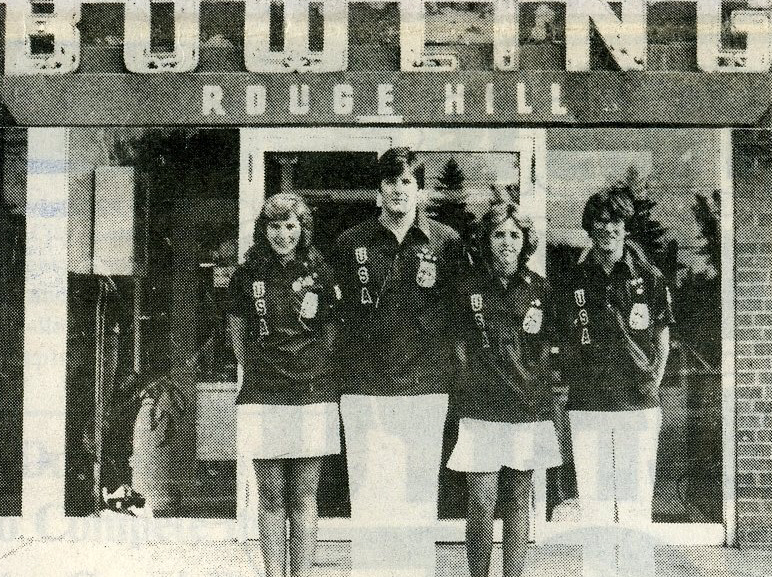
Frank Applestein, who is one of the founders of the International World Cup tournament, was awarded a plaque at the victory banquet for his outstanding contribution to the IBA. Frank was responsible for the U.S. Youth team entry. He arranged for the raising of the funds and their trip to Canada. (Shown in the photo here is the United States Youth team. Left to right: Dawn Burgess, Paddy Lacy, Beth Yingling, and Mark Nigh).
The first international competition of the small ball championships was held in Manila during August 1980. "These are unique championships in that each country must participate in two games duckpins and five pins" said Bill Bird (Canada), tournament director for the IBA. During the bowling, Canadian five-pinners found their ball ineffective with the duckpins because the pins are shorter, pudgier, and have no rubber bands. "We're confident these International Small Ball Championships will continue, with the next one in the Baltimore-Washington area", said Bird.
